NY
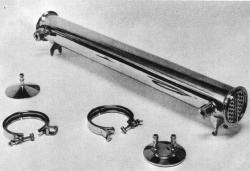

Nicholas Montgomery Powers built the bridge. It was first constructed behind the village, then taken apart and reassembled over the stream. Some residents questioned the idea of re-constructing it, but Powers was so confident of the bridge's durability that he sat on the roof when the final trestles supporting it were removed. From his perch he reportedly said: "If the bridge goes down, I never want to see the sun rise again!"

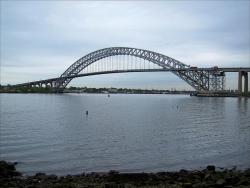
The longest steel-arch bridge in the world for 46 years, the Bayonne Bridge continues to be celebrated today as a major aesthetic and technical achievement. The 1,675-foot bridge replaced a ferry service which until then was the only means of crossing from the Bayonne peninsula to Staten Island. While providing this essential link in the transportation network of greater New York City, the bridge's mid-span clearance of 150 feet also allows for unobstructed navigation on Newark Bay, the main shipping channel to the inland ports of Newark and Elizabeth, New Jersey.

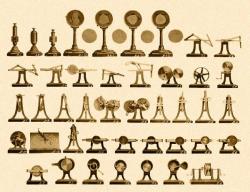
Kinematics is the study of geometry of motion. Reuleaux designed the models in the Cornell collection as teaching aids for invention, showing the kinematic design of machines. The mechanisms in the collection represent the fundamental components of complex machines and were conceived as elements of a basic “language of invention.” Today the models are still used in the teaching of machine design and synthesis, robotics, dynamics, architectural drawing and mathematics.
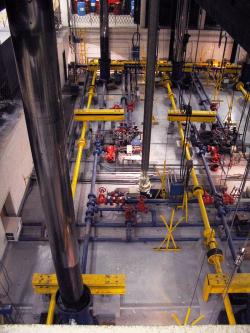
The precision "choreographed" staging of Radio City Music Hall offers size and versatility, unlike any other. Built in 1932 by Peter Clark, its innovative elevator system is a forerunner of other stage designs (including the Metropolitan Opera House) as well as aircraft carrier systems built in World War II. These elevators can handle people, animals, props and scenery at variable speeds, delivering them to the stage or above and also dropping out of sight in front to reappear again in the back, just as effectively.
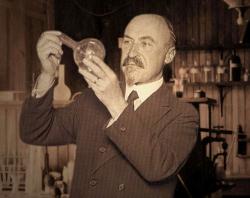
Around 1907, Belgian-born chemist Leo Hendrik Baekeland took two ordinary chemicals, phenol and formaldehyde, mixed them in a sealed autoclave, and subjected them to heat and pressure.
The sticky, amber-colored resin he produced in his Yonkers laboratory was the first plastic ever to be created entirely from chemicals, and the first material to be made entirely by man.


